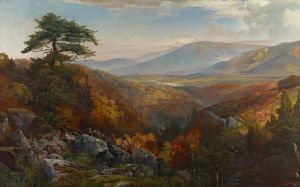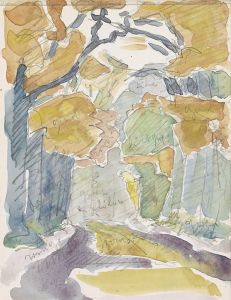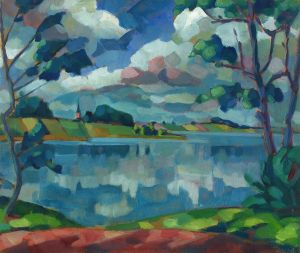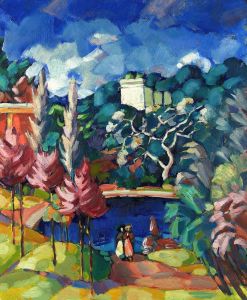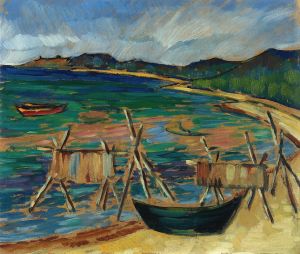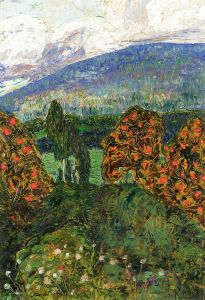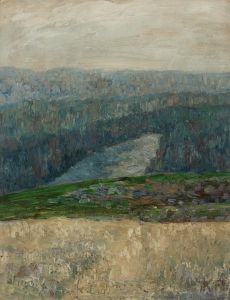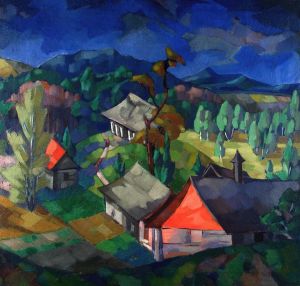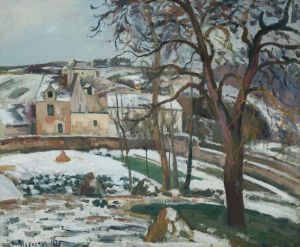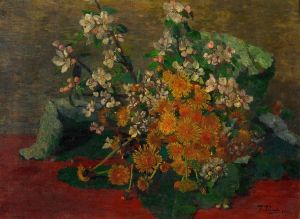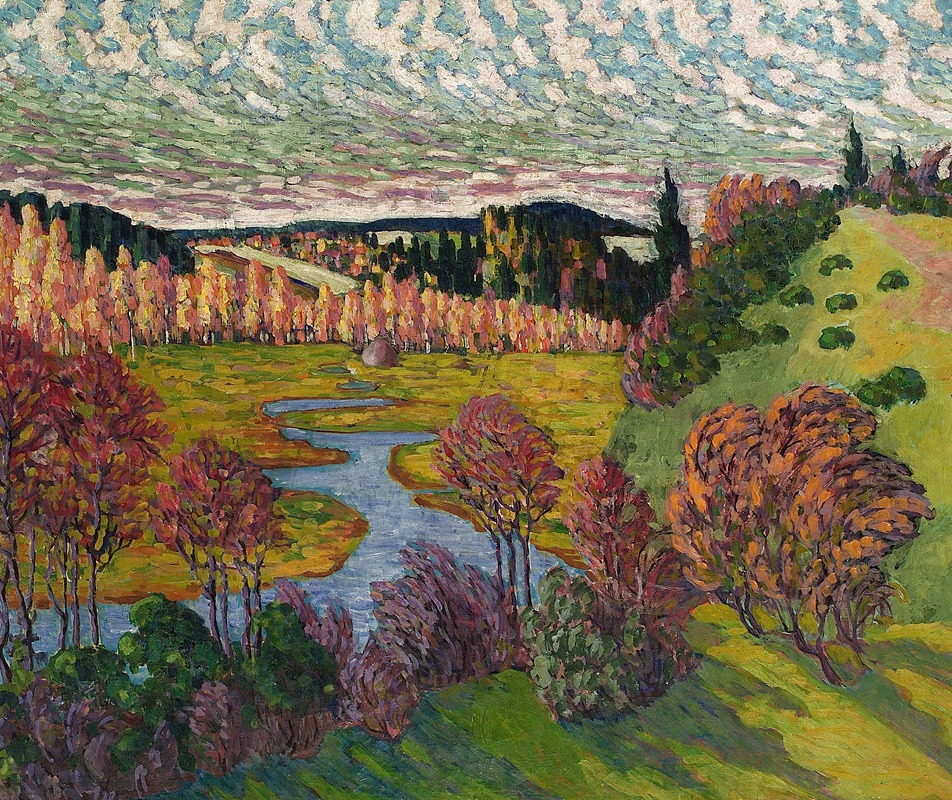
Sügismaastik
A hand-painted replica of Konrad Mägi’s masterpiece Sügismaastik, meticulously crafted by professional artists to capture the true essence of the original. Each piece is created with museum-quality canvas and rare mineral pigments, carefully painted by experienced artists with delicate brushstrokes and rich, layered colors to perfectly recreate the texture of the original artwork. Unlike machine-printed reproductions, this hand-painted version brings the painting to life, infused with the artist’s emotions and skill in every stroke. Whether for personal collection or home decoration, it instantly elevates the artistic atmosphere of any space.
Konrad Mägi, an influential Estonian painter, is celebrated for his vibrant landscapes that capture the essence of the natural world with emotional depth and vivid color. One of his notable works, "Sügismaastik" (translated as "Autumn Landscape"), exemplifies his unique approach to landscape painting, which combines elements of Impressionism and Expressionism. Mägi's work is characterized by its bold use of color and dynamic compositions, and "Sügismaastik" is no exception.
"Sügismaastik" was created during a period when Mägi was deeply inspired by the landscapes of his native Estonia. The painting reflects the rich, warm hues of autumn, with its palette dominated by deep oranges, reds, and yellows, interspersed with cooler tones of blue and green. This use of color not only captures the visual beauty of the season but also conveys a sense of emotional resonance and introspection, a hallmark of Mägi's style.
Konrad Mägi was born in 1878 in the town of Rõngu, Estonia, and he studied art in various European cities, including Saint Petersburg and Paris. His exposure to different art movements and styles during his travels significantly influenced his work. Mägi's time in Paris, in particular, introduced him to the vibrant art scene of the early 20th century, where he encountered Impressionism and Fauvism, both of which left a lasting impact on his artistic development.
Upon returning to Estonia, Mägi became a central figure in the country's art scene. He was a founding member of the Pallas Art School in Tartu, which played a crucial role in the development of modern art in Estonia. Mägi's work, including "Sügismaastik," is often noted for its ability to convey the emotional and spiritual qualities of the landscape, going beyond mere representation to explore the deeper connections between nature and human experience.
"Sügismaastik" is a testament to Mägi's skill in capturing the transient beauty of nature. The painting's composition is carefully balanced, with a dynamic interplay of light and shadow that adds depth and movement to the scene. Mägi's brushwork is expressive, with bold, sweeping strokes that enhance the sense of vitality and energy in the landscape.
The significance of "Sügismaastik" and Mägi's other works lies in their ability to transcend the specificities of place and time, offering viewers a universal experience of nature's beauty and power. Mägi's landscapes are not just depictions of the Estonian countryside; they are meditations on the changing seasons and the passage of time, inviting viewers to reflect on their own relationship with the natural world.
Konrad Mägi's contribution to Estonian art is profound, and his works continue to be celebrated for their innovative use of color and form. "Sügismaastik" remains a cherished piece within his oeuvre, exemplifying his mastery of landscape painting and his ability to evoke emotion through art. Today, Mägi's paintings are held in high regard, both in Estonia and internationally, as important examples of early 20th-century landscape art.





